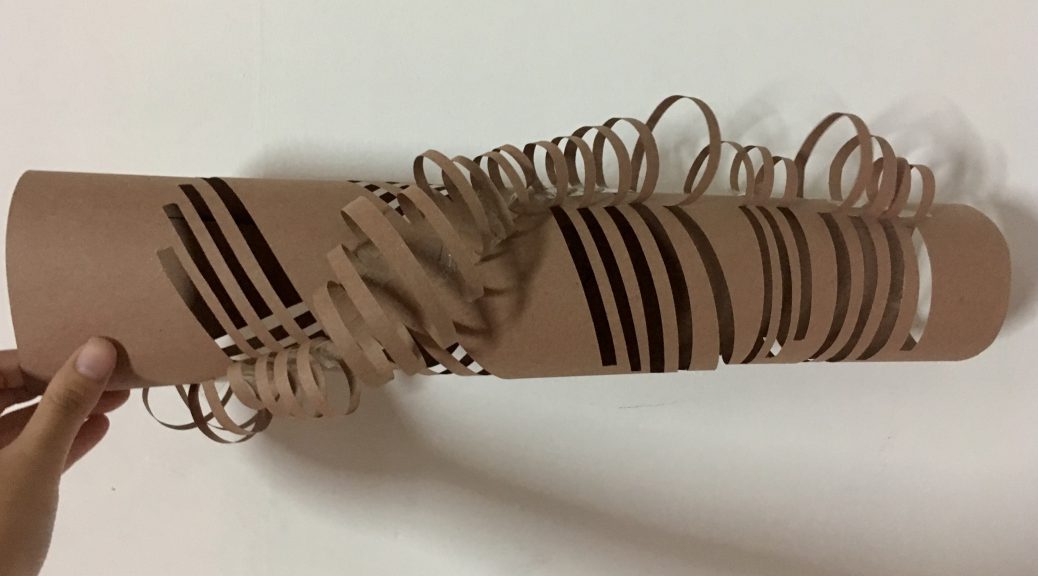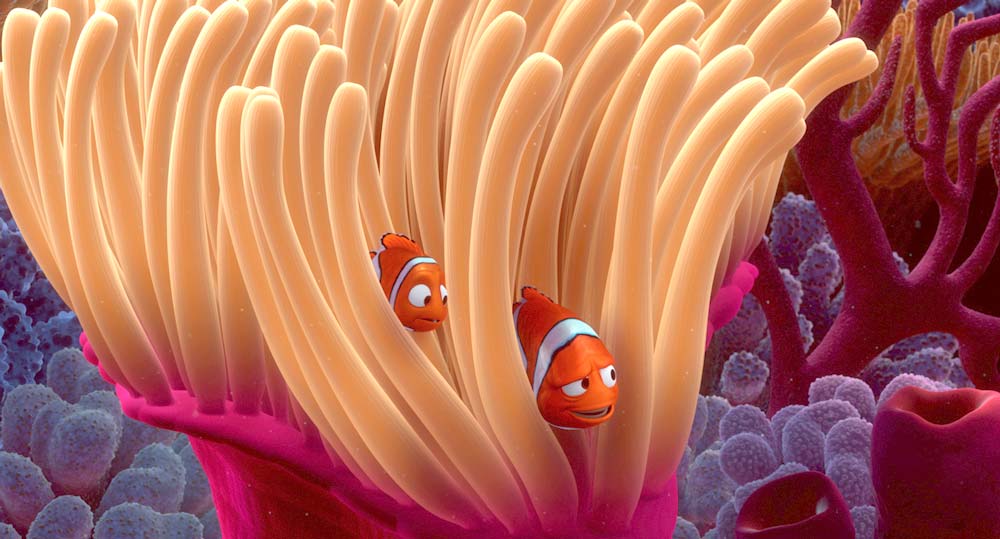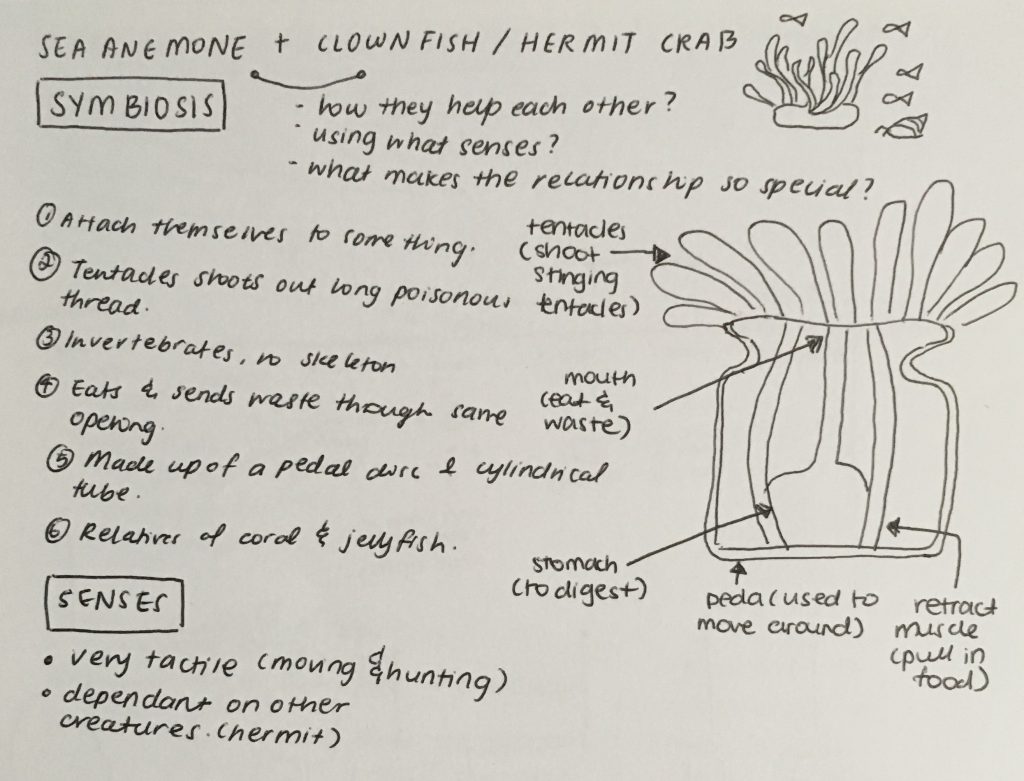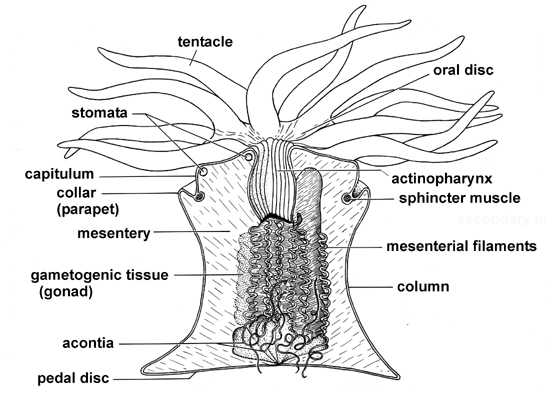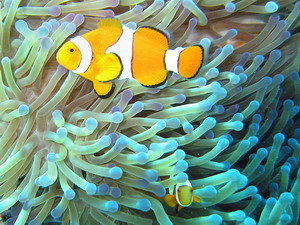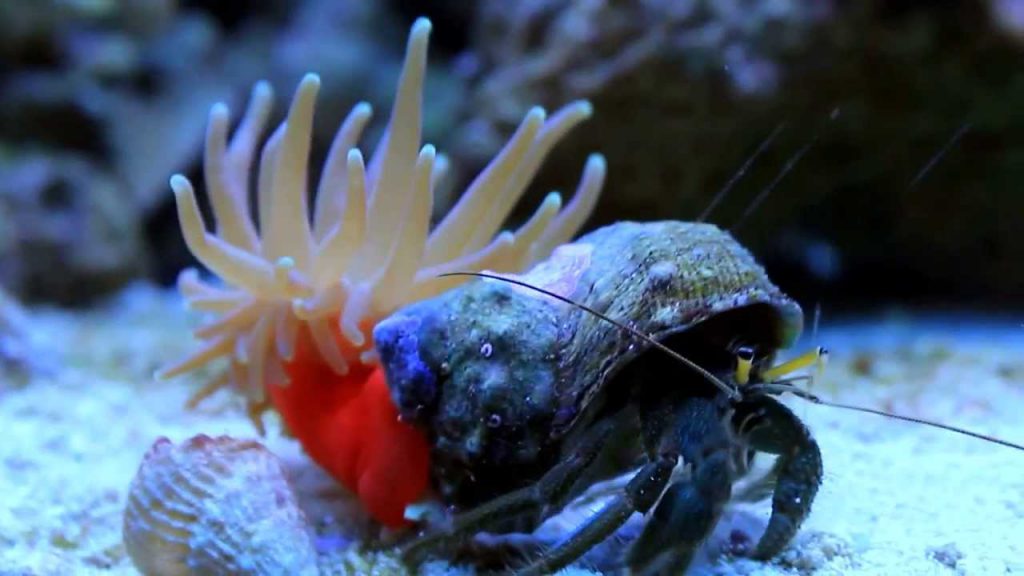So after being informed about the class activity, this is my 2D analysis on the movement of the sea anemone.
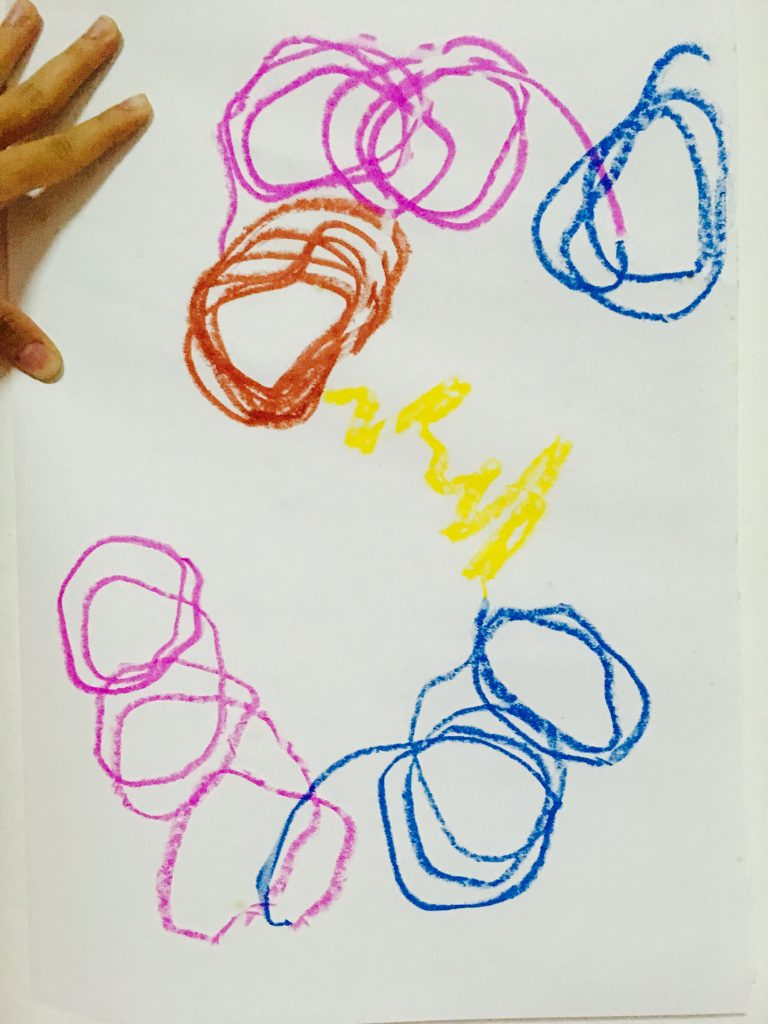
I used different coloured crayons to show the different positions the sea anemone has stayed before moving off again.
As they are fairly slow creatures, i felt like they don’t make much difference in space as they move and is quite slow thus the numerous rounds of circular scribbles.
I choose a circular shape as the body of the sea anemone is cylindrical and it is not a perfect circle as i feel that its movement its quite random and it is going against water currents so it would be gripping onto anything it can.
The middle portion that i yellow and more directional is the sea anemone being attached onto a hermit crab. I figured it was also another way the sea anemone would move.
Moving on this is my 3D paper sculpture on the creature.
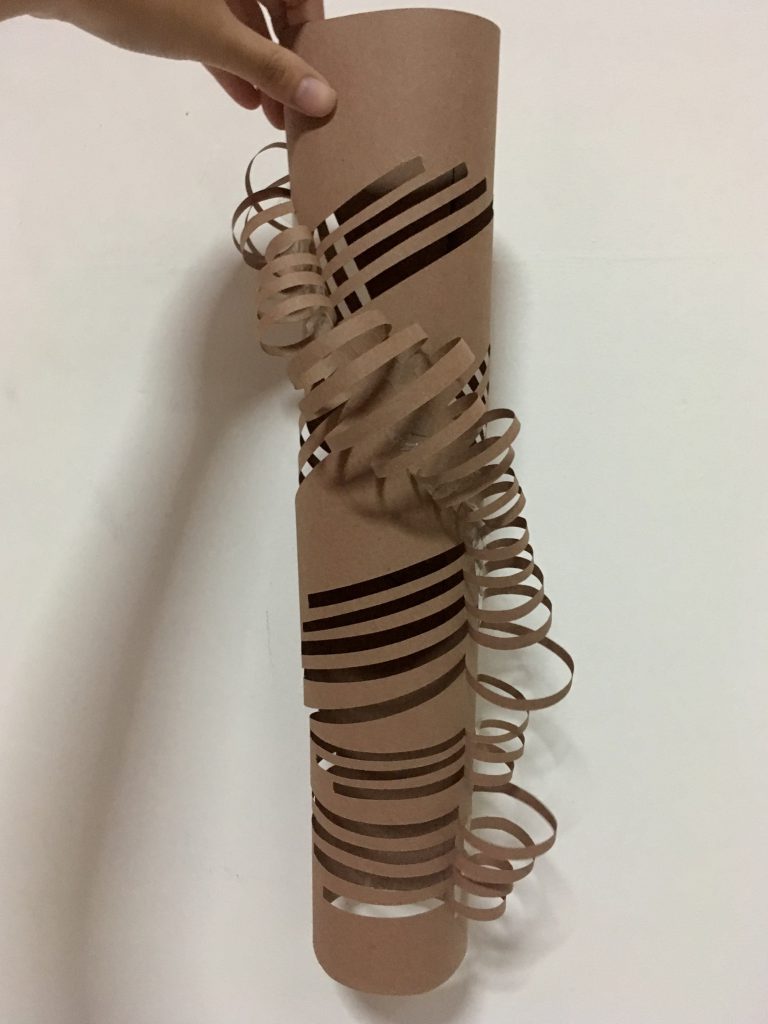
I decided to keep the circular pattern and decided to make it more varying is sizes from it going from smaller to bigger and then smaller again. This depicts the sea anemone ‘speed‘ on whether it was staying in that place or moving. The bigger the circle is the longer the presence of the sea anemone.
The way the circles wrap around really feels like how the sea anemone would move, almost sluggish and random, clinging onto anything it can.
Thats all!

